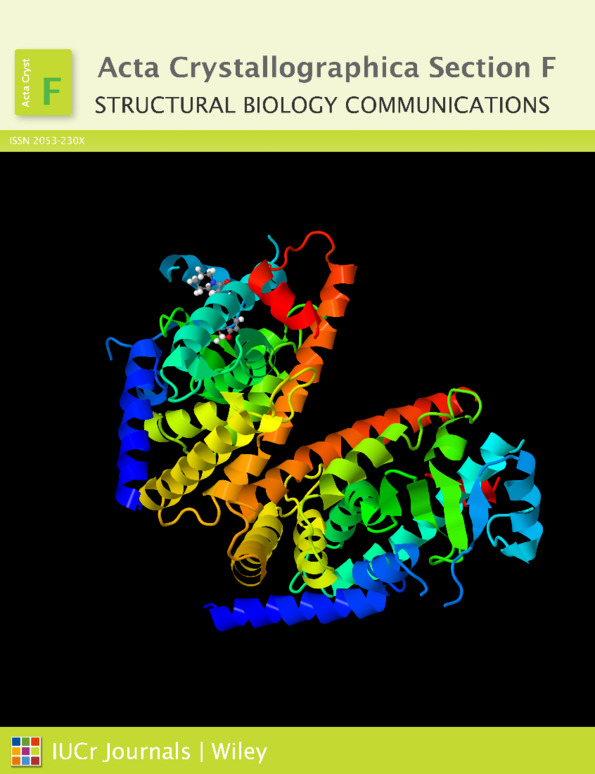Molecular interactions between piperine and peroxisome proliferator-activated receptor gamma ligand-binding domain revealed using co-crystallization studies
Abstract
Piperine has been investigated for a diverse array of biological effects, including a potential role in modulating peroxisome proliferator-activated receptor gamma (PPARγ), a nuclear receptor that plays a pivotal role in regulating lipid and glucose metabolism. This study conducted a comprehensive co-crystallographic analysis of the complex of piperine with the PPARγ ligand-binding domain (PPARγ-LBD), with the objective of elucidating the precise binding interactions of piperine. The co-crystal structure revealed that piperine binds within the ligand-binding pocket of PPARγ-LBD via hydrogen-bonding and hydrophobic interactions with residues of the ligand-binding site. Notably, in contrast to conventional full agonists, piperine does not directly stabilize helix H12. This could contribute to the comparatively weaker agonistic activity of piperine. The results of this study also suggest that piperine binding facilitates a role as a partial agonist or even an antagonist under certain physiological conditions. Collectively, these findings contribute to a greater understanding of the manner in which piperine modulates PPARγ function and its potential as a therapeutic candidate for the treatment of metabolic disorders. Given its natural origin and relatively minimal side-effect profile, piperine and its derivatives could be promising alternatives to synthetic PPARγ modulators such as thiazolidinediones, which have significant side effects.




